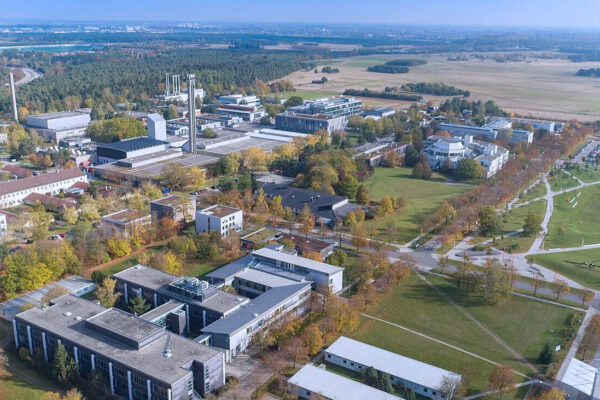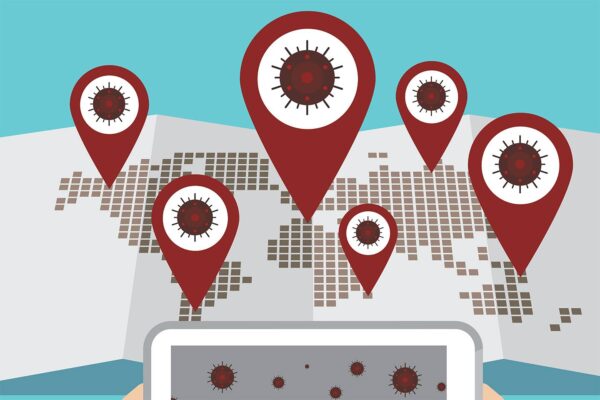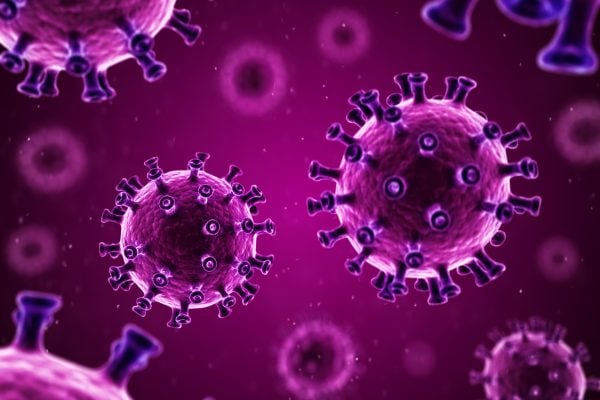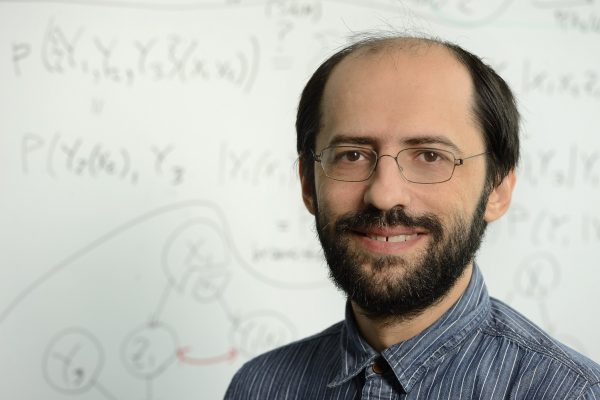In: Data Analytics

500,000 euros for COVID-19 study
- September 3, 2020
- COVID-19Data Analytics
The Federal Ministry of Education and Research (BMBF) award will support Helmholtz Zentrum München, Malone Center researchers as they investigate the mechanisms and complications of COVID-19 diseases.

Hopkins researchers look to Twitter to evaluate social distancing measures
- April 9, 2020
- COVID-19Data Analytics
By comparing Twitter data from before and after the COVID-19 outbreak, Johns Hopkins University researchers found a profound impact on the...

Social media fuels spread of COVID-19 information – and misinformation
- March 30, 2020
- COVID-19Data Analytics
John C. Malone Professor Mark Dredze discusses how social media can help combat—or contribute to—the spread of misinformation during the COVID-19 pandemic

Malone researchers publish socioeconomic dataset for predictive modeling of COVID-19
Mathias Unberath, assistant research professor in the Malone Center, and team have published an open-source, machine readable dataset related to socioeconomic...

Ilya Shpitser receives NSF CAREER Award
- March 17, 2020
- Center NewsData Analytics
The five-year CAREER award will support his project, “Robust Causal and Statistical Inference in High Dimensional Structured Systems with Hidden Variables.”

Course urges caution about causation
- February 6, 2020
- Data AnalyticsStudent Stories
Malone Center graduate students teach Intersession course "Should Susan Smoke? An Introduction to Causal Inference," where each week students pore over case studies to sharpen their reasoning skills.